In today's business environment, sustaining growth and profitability is never a guarantee. Technological and scientific advances shorten life cycles of products and services, business models change, and new competitors appear from outside the industry. This constant instability makes it necessary to seek new business opportunities. Once I have a good understanding of company goals and areas of expertise, the next step is to analyse the market, assessing consumer needs and how they are being met by yourself today.
“The harder you work, the luckier you get.”
First, I hold a discovery workshop and then define a framework to help you search for opportunities, the third step is the development phase and afterwards delivery (4 D’s). Remember, the best planning can be replaced by good luck.





















